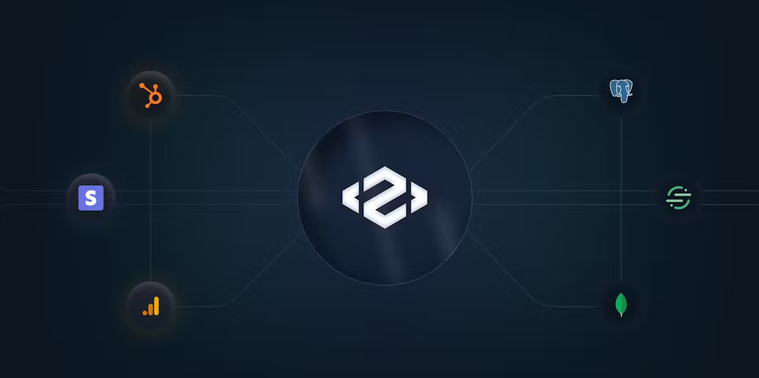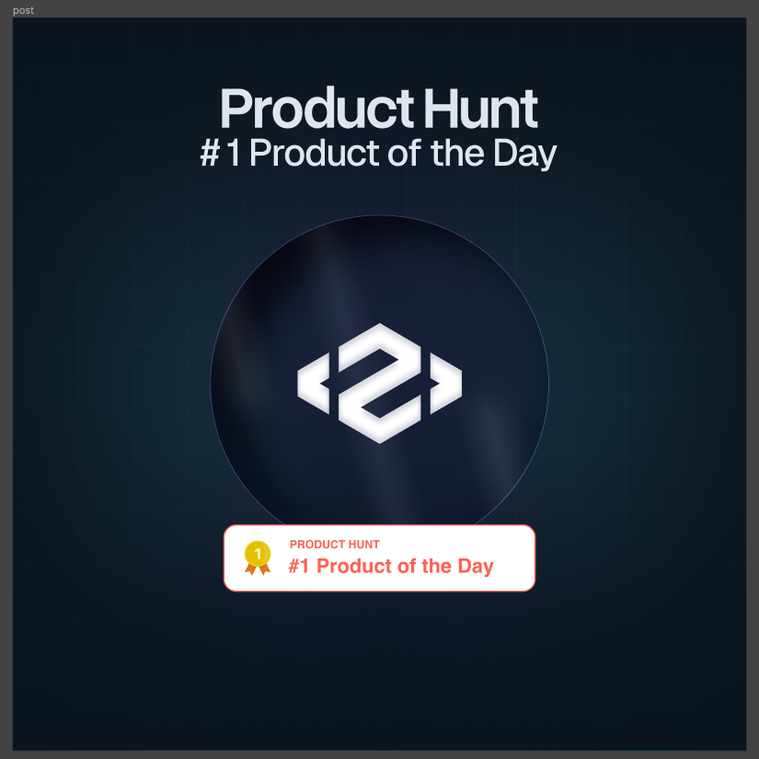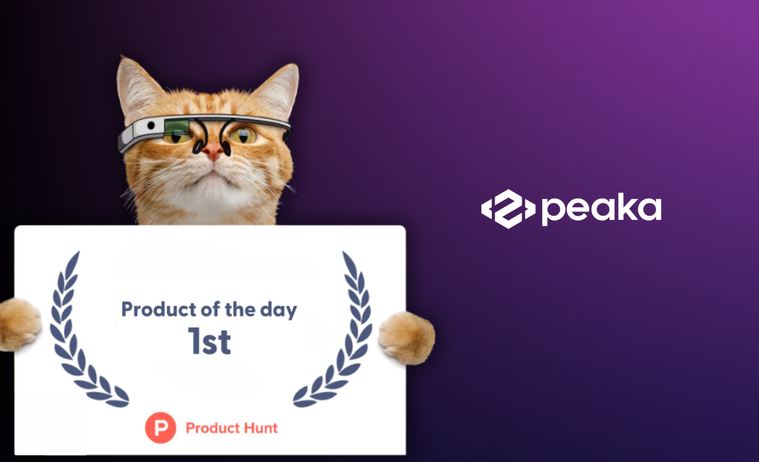How to Launch on Product Hunt as a B2B SaaS Tool
The prevailing sentiment within the software community suggests that Product Hunt (PH) primarily benefits B2C companies, with many arguing that direct outreach surpasses wholesale approaches in the B2B sector and that B2B solutions ought to be prioritized differently. Such perspectives fuel skepticism about the relevance and impact of Product Hunt for B2B SaaS organizations, with a growing consensus that it no longer wields its former influence. Despite acknowledging the validity of these arguments, I maintain that Product Hunt can still serve as a valuable platform for B2B companies, provided they implement a strategic and nuanced approach to their launch.
Numerous guides exist on securing the "Product of the Day" title, among other accolades. These guides seem to cater predominantly to B2C enterprises, often leaving B2B companies with minimal engagement. Through this mini-blog, I aim to share our approach to launching on Product Hunt, detailing the specific strategies we employed and the metrics that informed our success.

Brand recognition
Product Hunt turned out to be a “who can reach more people on LinkedIn” contest, which usually results in getting in touch with people who are not part of the targeted audience. Before we launched, at least 20 different “PH marketers” reached out to me, arguing that they could publish our page with their audience for a certain price. Potentially, one might spend $500 to receive 1,000-2,000 likes, but such metrics are unlikely to translate into meaningful traction for the product. Attaining "Product of the Day" status is not inherently valuable; instead, B2B companies should aim to drive traffic to their website and, ideally, secure deals through Product Hunt referrals.
“Our goal should be to elevate Peaka's visibility. Let's ensure the market is aware of the innovative tools we're developing.”
When developing a solution that requires extensive theoretical knowledge of infrastructure, it's exceedingly difficult to encapsulate your value proposition within the typical 20- to 30-second elevator pitch. Thus, in addition to direct outreach, it's vital to gradually build your brand presence through blogs, product launches, and industry conferences. We target AI startups and our prospective clients may assume the necessity of building all their integrations independently, not realizing that third-party solutions exist in this space. It's our job to make these alternatives prominently known to them.
Strategy
We initiated our launch preparations six weeks in advance, focusing initially on presenting our product and teaser page as clearly as possible. Given that an average product is assessed within 10 seconds, it was crucial to highlight the "aha moment" immediately.
By the third week, our efforts shifted towards building a network of allies to ensure broad reach and inclusivity for our launch. Up to this point, the emphasis was on distribution, yet in retrospect, this phase might have been overly extended, potentially achievable within 2-3 days.
The final week was particularly intense for our design team, who were tasked with creating a launch video and multiple posts—a heartfelt kudos to Tunahan for his exceptional work.
Reflecting on the process, it appears the preparation phase is often overstated. Spending 15-20 minutes each day will be more than enough time if you plan early. Everything happened in the last 3 days. We’ve made sure everyone on the team knows who to reach out to, when to reach out, and what to publish. People who appeal to a larger audience started out so we could gain visibility from the start, and then our founder reached out personally to our ideal customer profile.
Gaining visibility for your product on Product Hunt often hinges on securing a spot among the top products of the day. This requires social proof that your product merits further exploration. In alignment with common practice, we leveraged LinkedIn, Slack channels, and other social media platforms to announce our launch, which initially attracted 400+ interactions from individuals outside our target demographic.
However, the real transformation began post-2:00 PM PT when we shifted our focus exclusively towards our intended audience. We succinctly notified them of our presence on Product Hunt, inviting them to view our listing and contribute feedback. While some may view this strategy skeptically, given that many users may simply 'Upvote' without engaging deeply with the product, this approach can be remarkably effective for products that immediately resonate with and offer solutions to the specific challenges faced by their target audience.
Metrics
We initially anticipated a modest number of sign-ups and demo requests in the morning, placing greater emphasis on the outreach efforts scheduled for after 2 PM. Contrary to our expectations, we witnessed an unprecedented level of traffic from the outset. In the period leading up to 2 PM, our landing page saw consistent activity, with at least 40 individuals actively engaging, many of whom registered to try the product, and a notable number scheduling demos.
This interest not only persisted but also intensified with the commencement of our targeted post-2 PM efforts, culminating in a significant spike in engagement. The outcome was an influx of demo requests sufficient to occupy our schedule for the forthcoming two weeks. Writing this post five days subsequent to our launch, we continue to receive new demo inquiries, with many individuals citing our Product Hunt debut as their point of reference.

Conclusion
Our journey illustrates that, with a strategic approach and a product that resonates with its intended audience, Product Hunt can serve as a valuable conduit for B2B companies to not only garner attention but also translate that visibility into tangible business opportunities. Top Highlight This reinforces the importance of not underestimating the potential of platforms like Product Hunt in a B2B context, provided that launches are carefully planned and executed with a focus on reaching and engaging the right audience.




 Please
fill out this field
Please
fill out this field









